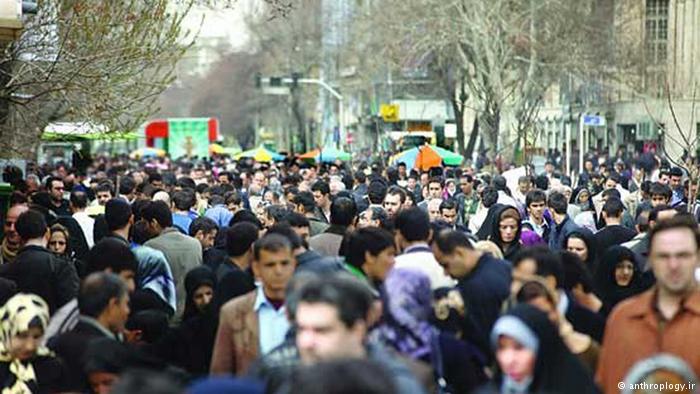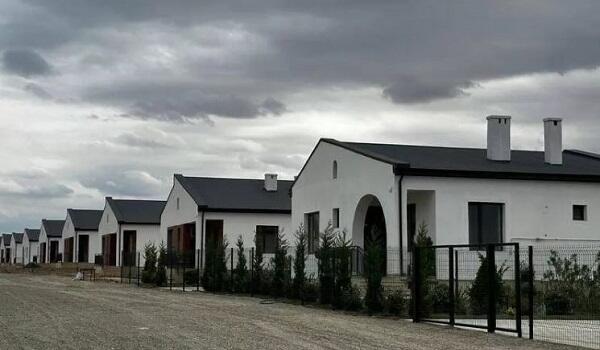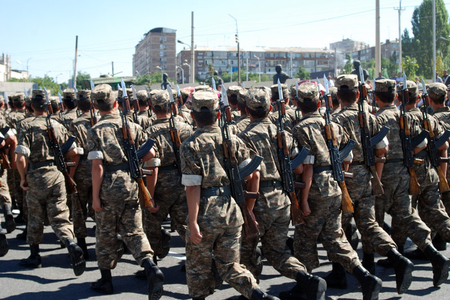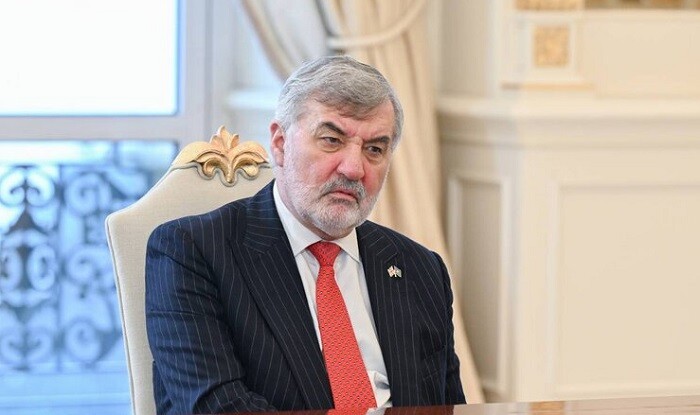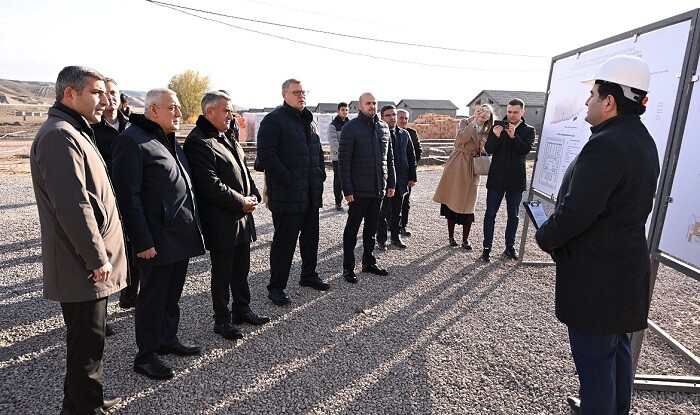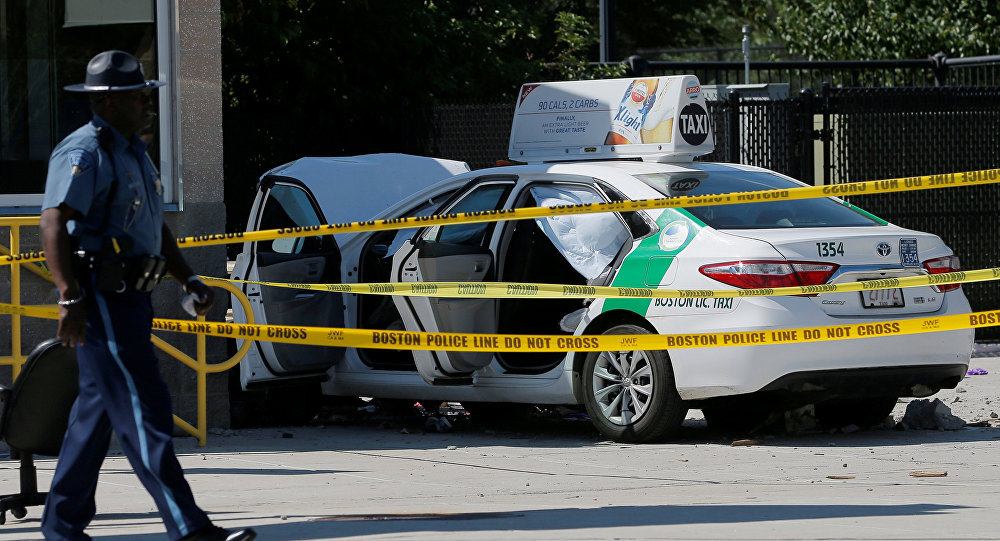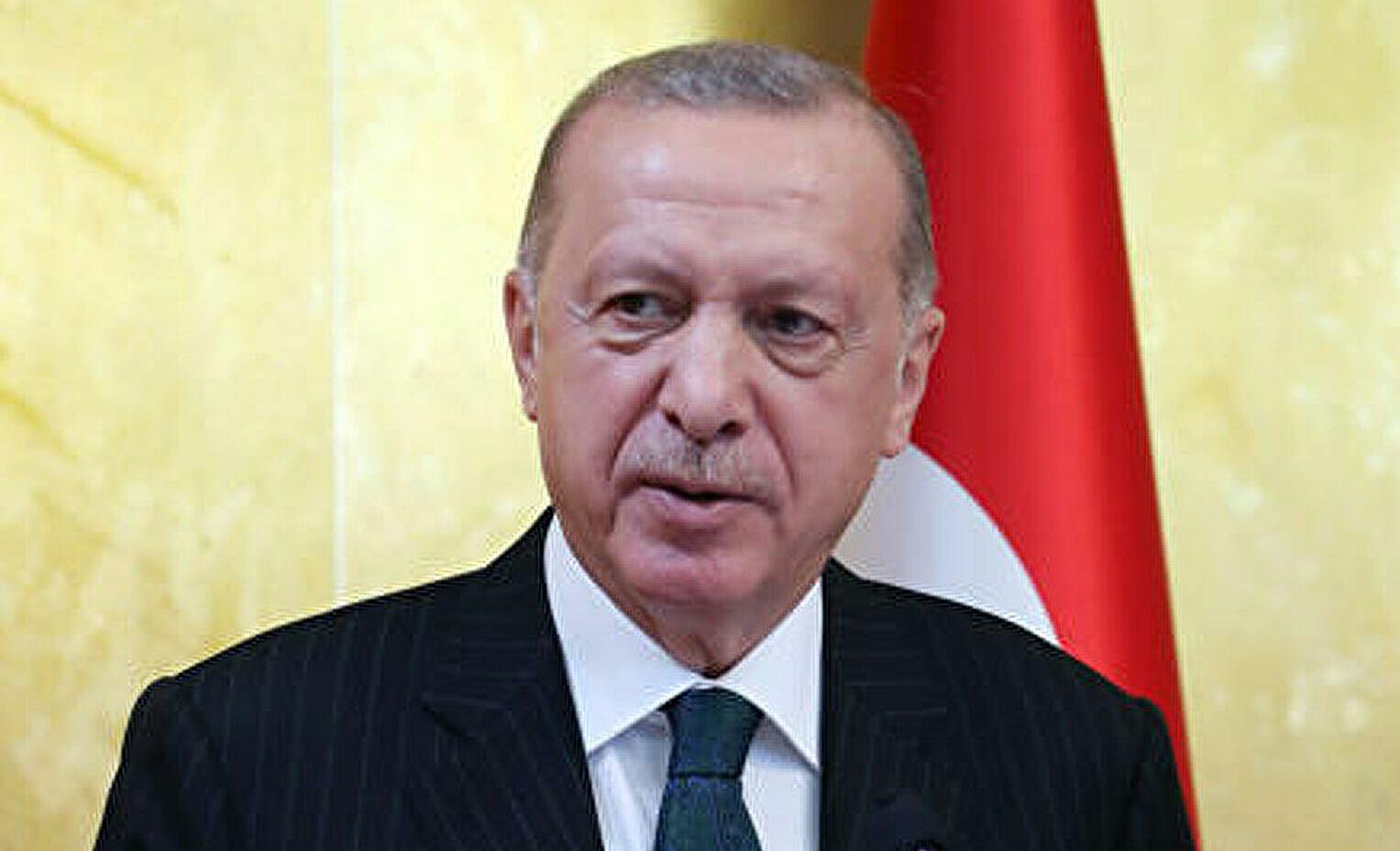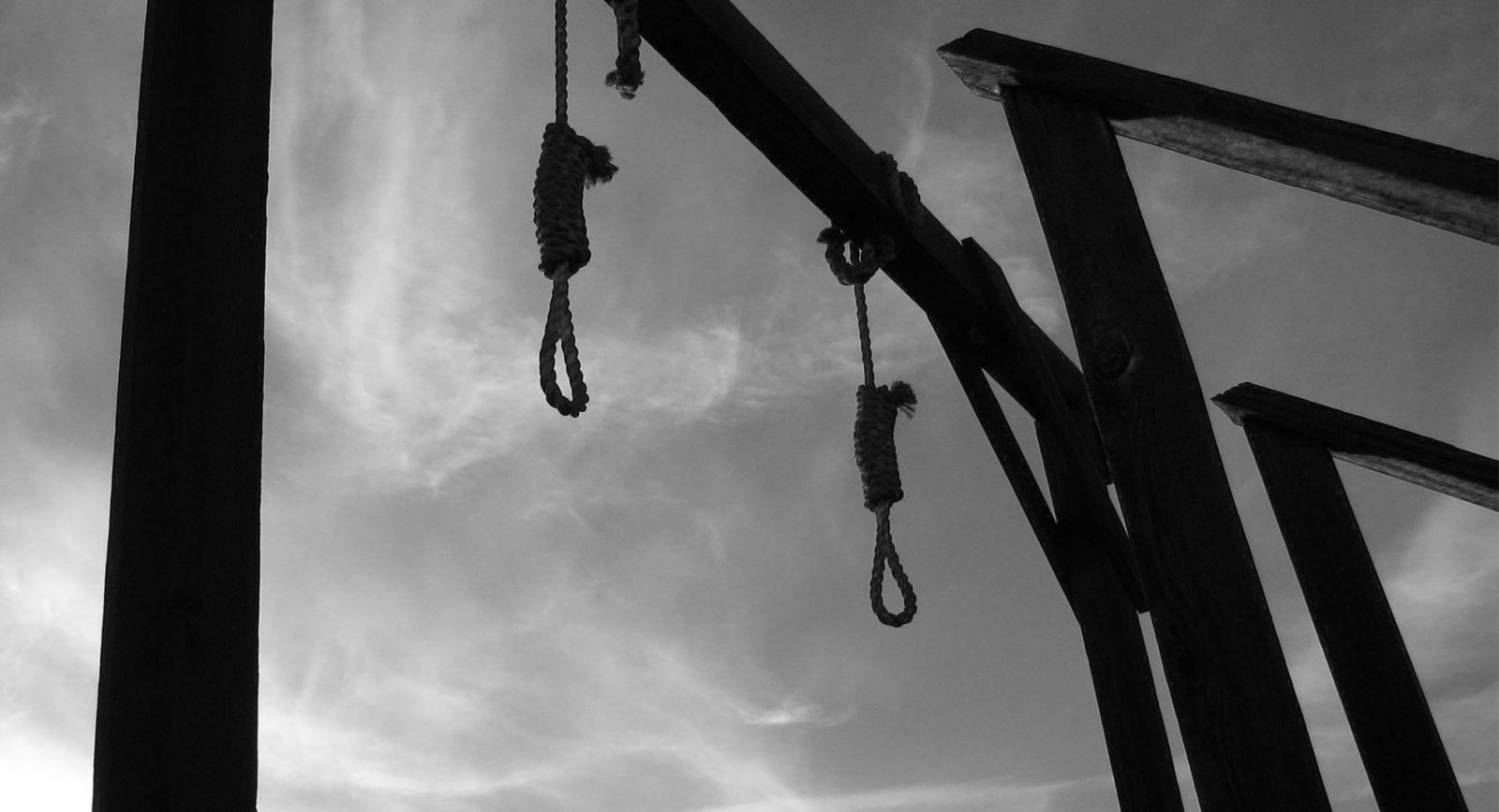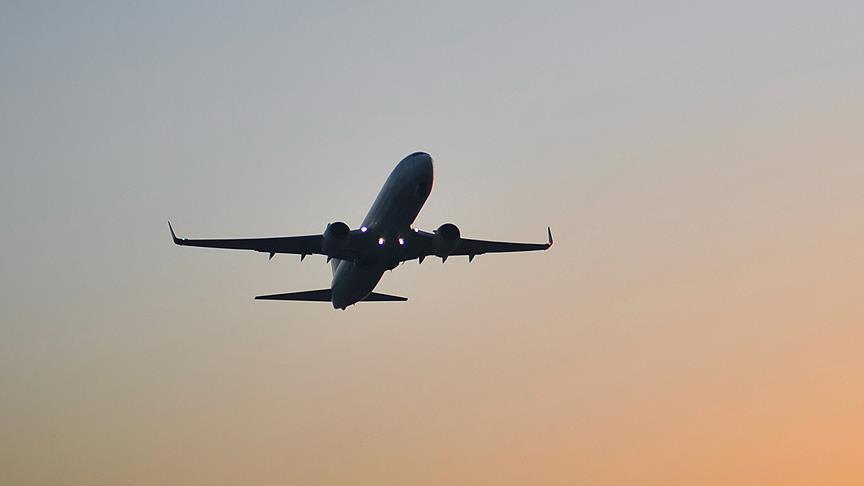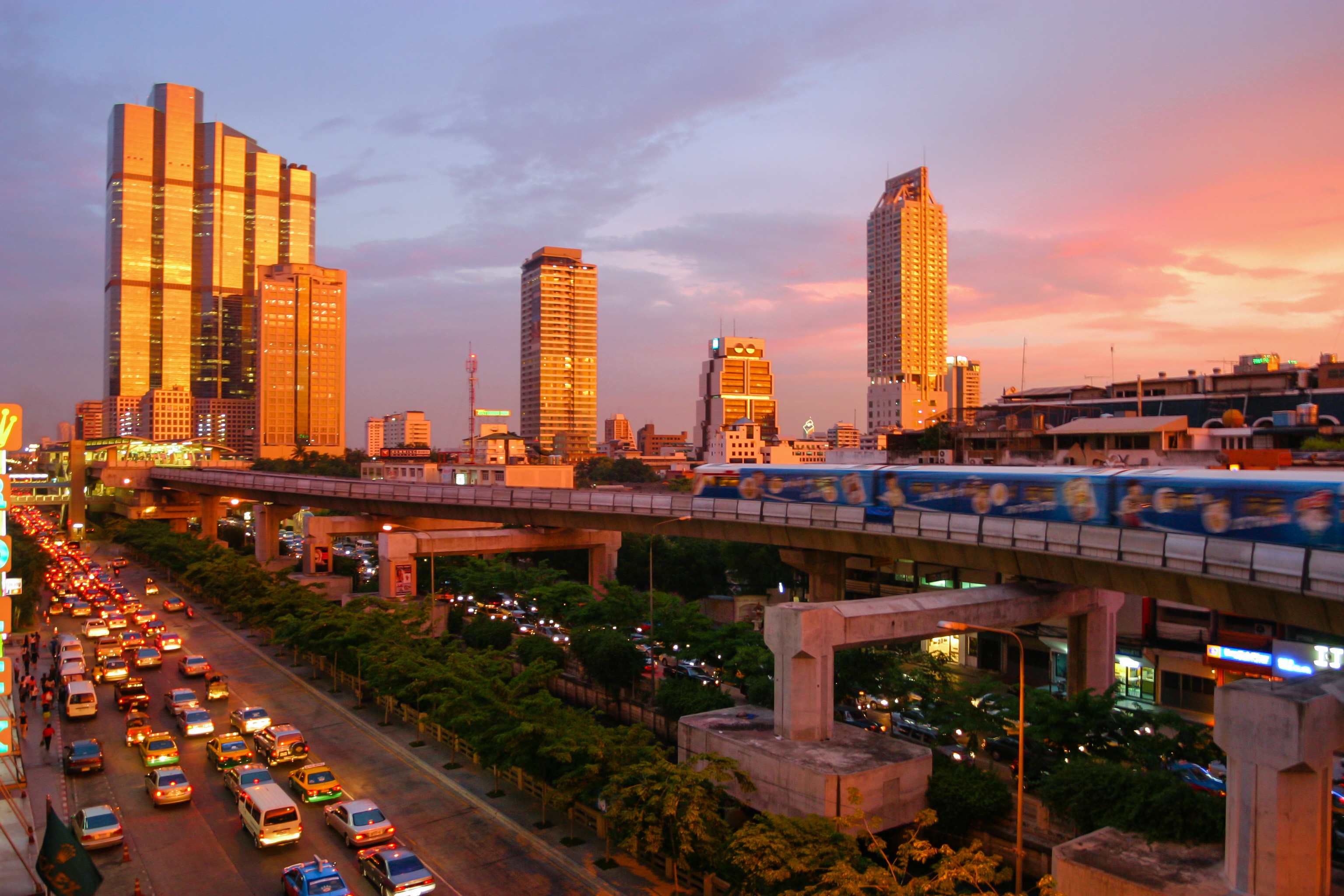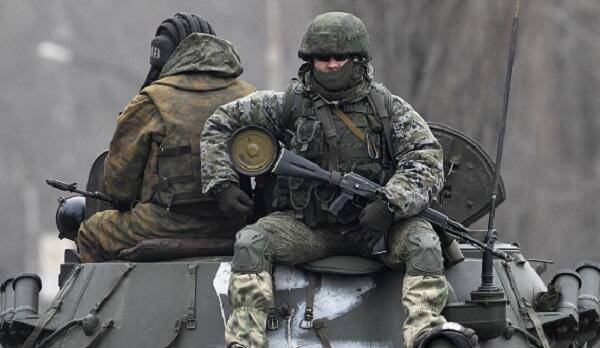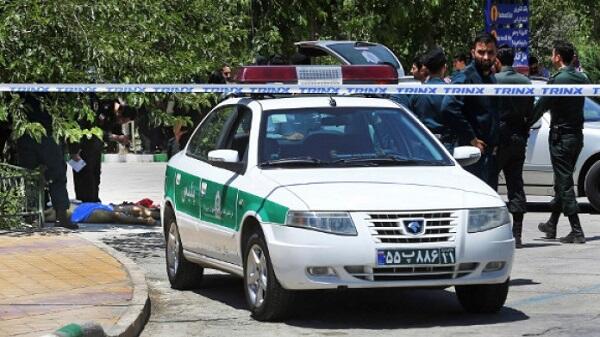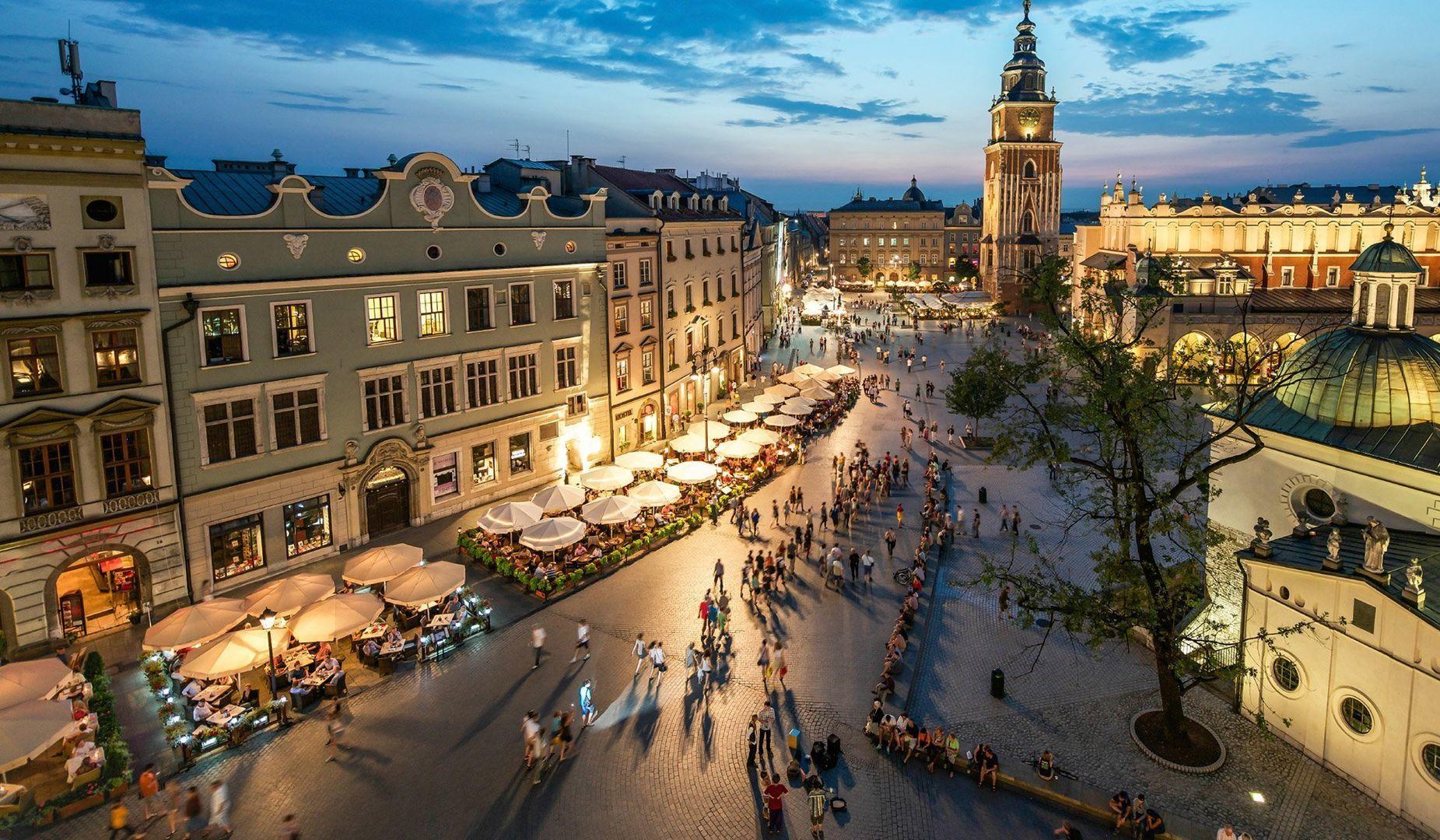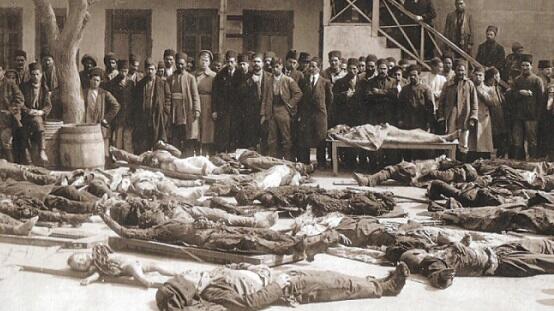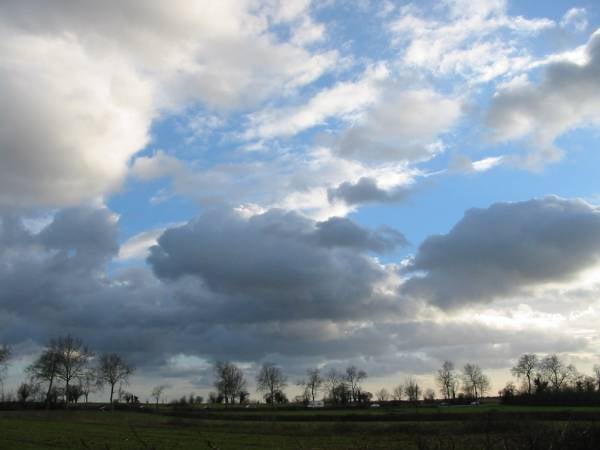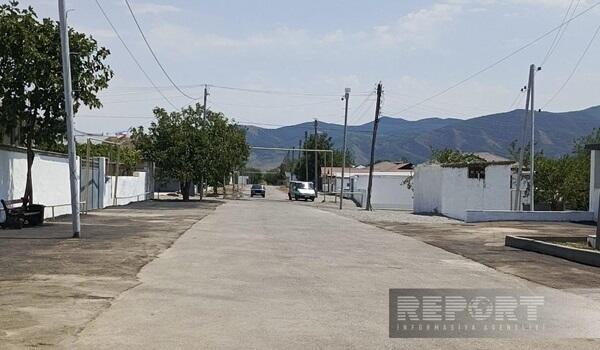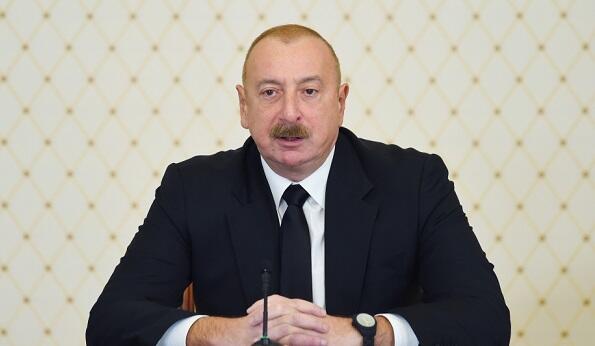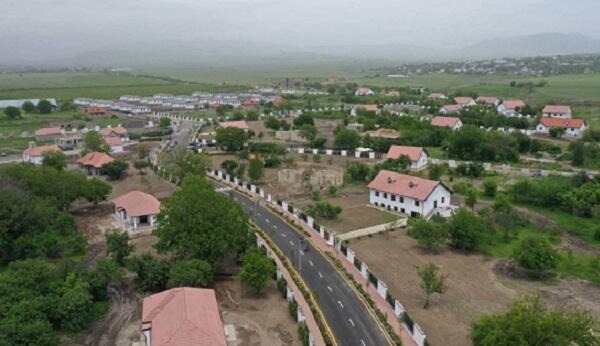Today, March 31, marks the Day of the Azerbaijani Genocide.
Axar.az reports that 107 years have passed since the genocide.
Between March 30 and April 3, 1918, the Baku Soviet and Armenian Dashnak armed groups carried out massacres against Azerbaijanis in Baku and various regions of the Baku Governorate, as well as in Shamakhi, Guba, Khachmaz, Lankaran, Hajigabul, Salyan, Zangezur, Karabakh, Nakhchivan, and other areas.
According to official sources, nearly 12,000 Azerbaijanis were killed, and tens of thousands went missing.
Exploiting the February and October revolutions of 1917 in Russia, Armenians managed to advance their claims under the Bolshevik banner. Starting in March 1918, the Baku Commune implemented a sinister plan to "cleanse" Azerbaijanis from the Baku Governorate under the pretext of combating counter-revolutionary elements.
During the March massacres, Armenians shelled and destroyed many historical buildings and monuments, including shrines and the Ismailiyya building, considered a masterpiece of world architecture. The naval fleet stationed in the Caspian Sea bombarded the minarets of the Juma and Tazapir mosques, causing severe damage. Armenian armed groups brutally murdered people in caravanserais and burned their bodies on the spot.
Exploiting the Sovietization of the South Caucasus for their own agenda, Armenians declared Zangezur and several other Azerbaijani lands as part of the Armenian SSR in 1920. In the following years, they employed new methods to expand the deportation policy against Azerbaijanis in these territories. This was reinforced by the Soviet Council of Ministers' special decree of December 23, 1947, on relocating Azerbaijani kolkhoz workers and other Azerbaijani residents from the Armenian SSR to the Kur-Araz lowland of the Azerbaijani SSR. As a result, from 1948 to 1953, Azerbaijanis were forcibly deported from their historical lands at the state level.
The deportation policy continued in 1988, with nearly 300,000 Azerbaijanis expelled from their homes in Armenia.
It should be noted that in 1919 and 1920, the Azerbaijan Democratic Republic declared March 31 as a national day of mourning for the March massacres.
After Azerbaijan gained independence, it was able to objectively present its historical past. On March 26, 1998, National Leader Heydar Aliyev signed the decree "On the Genocide of Azerbaijanis," officially recognizing these events as genocide for the first time. Since then, March 31 has been commemorated at the state level in Azerbaijan. It is no coincidence that this issue later became one of the key directions of Azerbaijan’s foreign policy.
In recent years, new evidence has emerged in Guba, revealing mass killings committed by Armenians in 1918. Countless human remains discovered at the site stand as concrete proof of Armenian atrocities during the massacres. To honor the memory of the victims, the Guba Genocide Memorial Complex was established. Additionally, the Memorial Genocide Museum of the Azerbaijani Military Prosecutor's Office plays a crucial role in informing the global public about these historical truths and the massacres committed against Azerbaijanis by Armenian nationalists.
It should be noted that this genocide has yet to receive legal recognition on the international stage.
